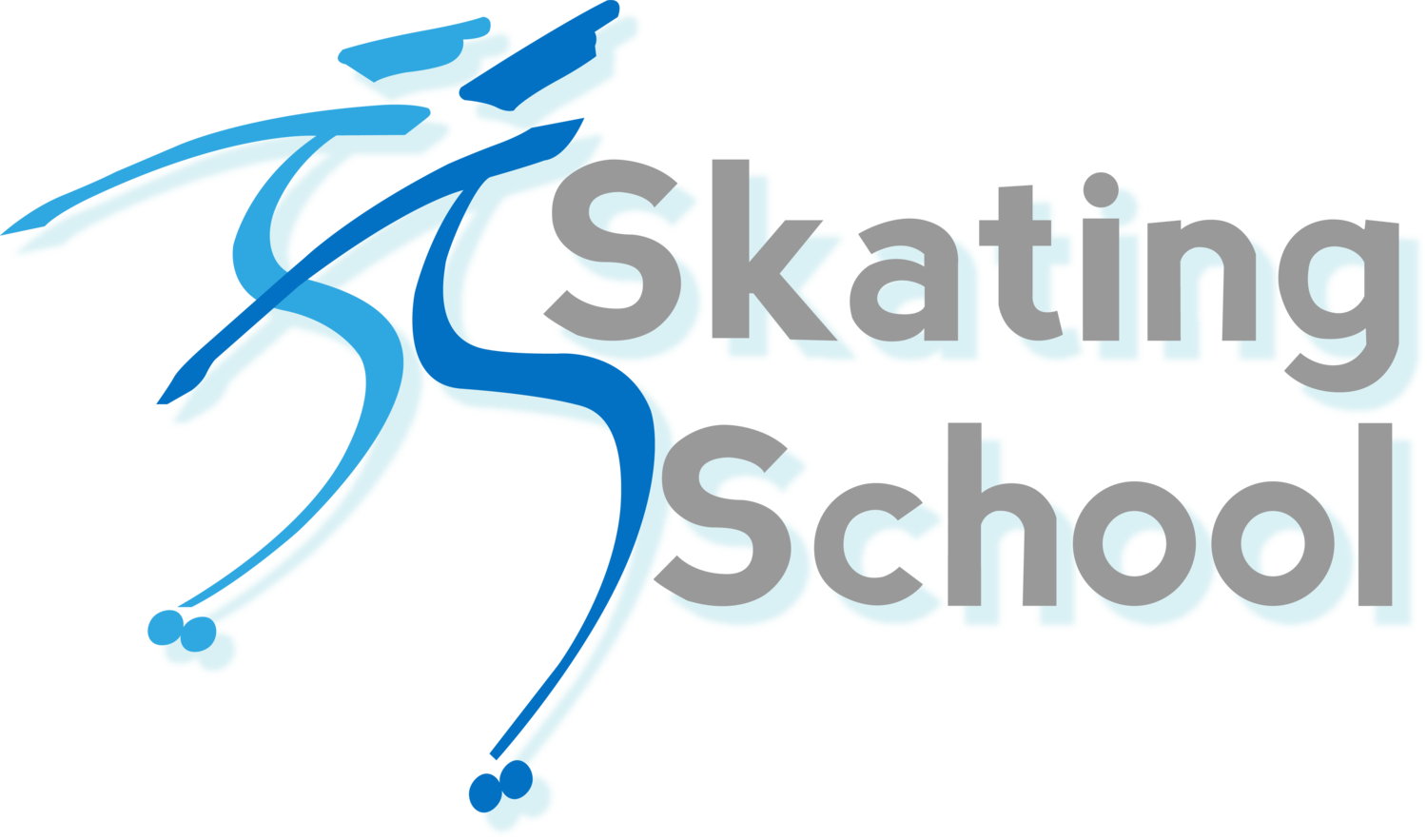The Right Stuff
When is the right time to invest in quality roller skates for your child? And what should you look for?
According to Skating School founder Anthony Berger, rink rental skates are perfectly functional for beginners. Those parents wanting to give their child an edge by purchasing recreational roller skates from a chain retailer would be better to save their money, says the veteran coach who’s been recognized for coaching excellence at various times by U.S.A. Roller Sports and even the U.S. Olympic committee.
“Unfortunately it’s one of the biggest challenges we see: skates that don’t function,” observes Berger. “Kids may think they don’t like to skate, simply because the skates aren’t working for them.”
That’s because skates sold by the mega-retailers leave out major pieces of the skate, providing very limited support for the foot and making proper alignment awkward. The vinyl material doesn’t breathe like leather. Even more problematic, the absence of bearings prevents the wheel from moving forward freely under the skater’s weight.
“They seem to work, but they don’t,” observes Berger. “When it comes to roller skates, there’s no such thing as a brand name. You’re paying for quality, dollar for dollar.”
A fully functioning pair can range from around $130 upwards to over $1,500. The key individual components, which are often sold separately from each other for maximum customization, include the boot itself, the high-quality plate, and wheels and bearings.
A starting pair of fully functional skates like these cost around $130.
These Boots Are Made for Skating.
As with shoes, a good pair of skating boots gives good support and lasts longer than cheaper counterparts. Superior materials like genuine leather and comfort padding cradle the feet. Even recreational ankle skates bought from a rink pro shop will roll much better than those from a general discount retailer. However, for maximum maneuverability and support, tall boots are the standard for those learning and performing more advanced moves.
The Stronger the Plate, the Stronger the Skate.
The metal plate attached to the bottom of the boot serves as a critical buttress for your skater. Think of it like power steering on a sports car; you can drive without it, but it’s a lot more difficult. Similarly, a high-quality plate strengthens the skate and skater alike, allowing for greater stability and control. The complete plate component consists of the horizontal plate itself and vertical trucks which hold the axles (which hold the wheels and bearings). The trucks sit on a pivot pin and a king pin surrounded by cushions which allow the truck to maneuver. After a skater presses an edge—that imaginary curved line formed by a skate rolling in an arc—the trucks help right the skate back to center. For perfect fit and balance, the two axles should be placed directly under the heel and ball of foot.
Rolling, Rolling, Rolling.
Genuine roller skating wheels always include ball bearings, just like those found in skateboards. Numbering two to each wheel and typically made of steel, these small magic spheres are what make the wheels roll. Bearings literally give a skater their bearings, propelling them between fixed positions. The wheels themselves vary by diameter and hardness to accommodate different demands. In general, the larger and harder a wheel is, the faster it rolls. Yet harder wheels can also make the surface below feel more slippery. In contrast, a softer composite gives the sensation of almost gripping the floor. Larger wheels offer good choices for school figures and dance, while smaller wheels provide a lower center of gravity, making them ideal for jumping and spinning. Because of these impactful nuances, more advanced skaters will often have different equipment—specific pairs of skates with different wheels—for different disciplines.
Buy through the Rink.
Buying quality roller skates through your local rink’s on-site shop means you’ll avoid online price mark-ups and costly shipping. It’s also the only way to ensure a precise match of function and fit before you purchase. At any of the 1,000 rinks around the country, an expert fitting and evaluation by a coach or other qualified professional is available on-site to meet the unique needs of your skater.
Fit to be Tried (and Tied).
Because the boots are stiffer and more adjustable in width than shoes, sizes will often vary from street measurements. As a guideline, toes should have plenty of room to move, and the heel should fit firmly in the back. While it is perfectly acceptable to buy one size higher for children to allow for growth, with extra socks filling in the temporary difference, the rule-of-thumb is that no more than one finger fit behind the heel. Any more, and it won’t allow the skater to do what they need to do. Laces should always be pulled taut across the arch of the foot, or instep, to hold the heel firmly back in the skate and softer across the toes and ankle.
Lace your skates to support the inseam while giving toes and ankle flexibility. For more details check out Edea.com.



